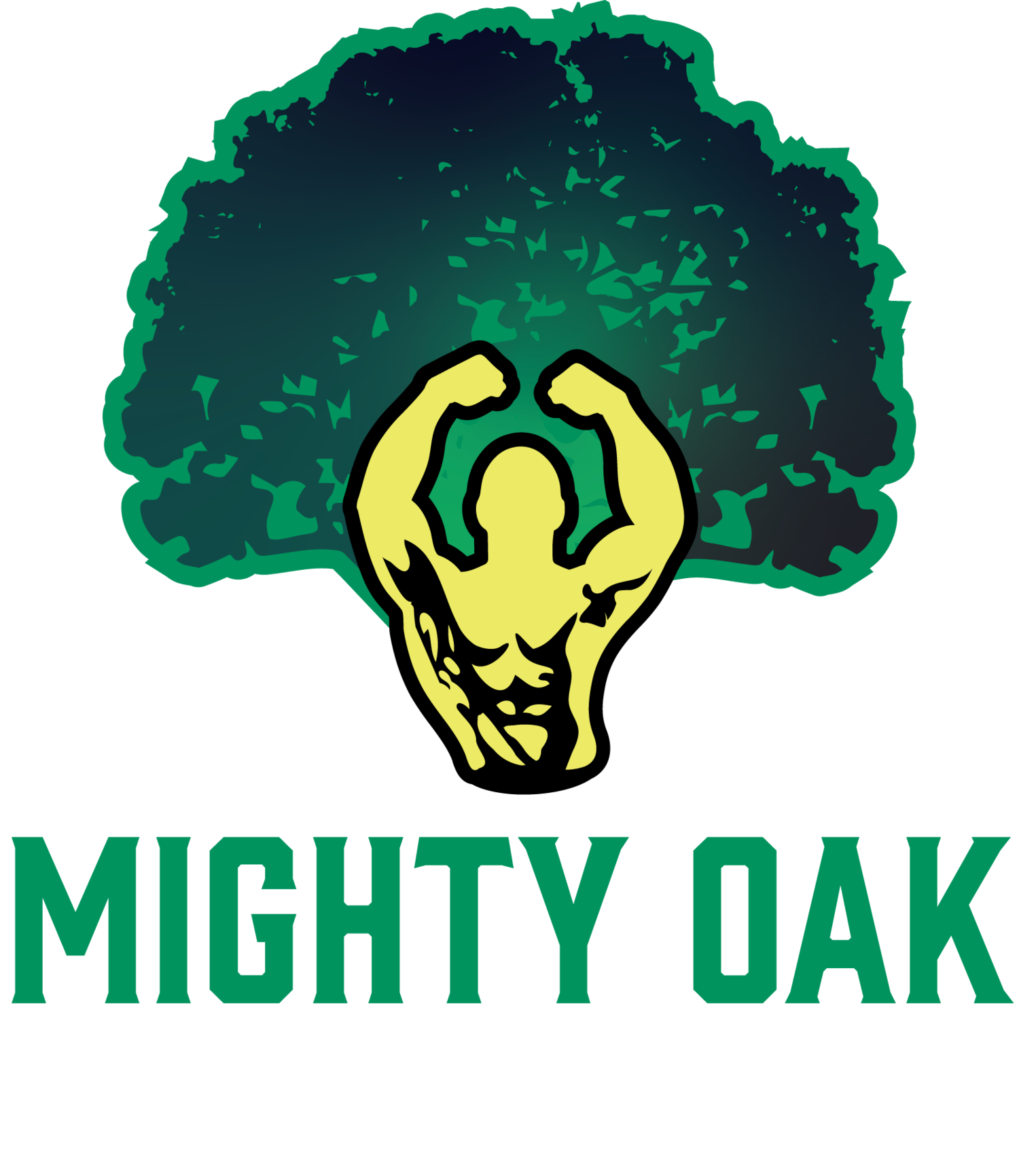The Ultimate Guide to Building a Stronger, More Balanced Body for Competitive Advantage
Enhancing Student-Athlete Performance and Injury Prevention through Symmetrical Training
In the competitive realm of student athletics, optimal performance and injury prevention are paramount. The pursuit of excellence on the field, court, or track necessitates a harmonious blend of physical prowess and mental acuity, underscored by the vital connection between mind and body. The philosophy of balanced training, emphasizing the equal development of both the dominant and non-dominant sides, serves as a cornerstone for student-athletes aiming to achieve peak performance while minimizing the risk of injury. This approach not only fosters physical symmetry, crucial for efficient movement and force distribution but also stimulates neurological pathways, enhancing cognitive functions essential for strategic thinking and reaction times.
The Critical Role of Symmetry in Sports Performance and Injury Prevention
Physical asymmetries, though common, can significantly hamper an athlete's performance and predispose them to injuries. Imbalances in strength, flexibility, or coordination can lead to compensatory movements, increasing the risk of strains, sprains, and other sports-related injuries. By engaging in exercises that promote bilateral coordination and balance, student-athletes can correct these asymmetries, ensuring more balanced muscle development and joint stability. This not only boosts athletic performance by enabling more powerful, precise, and efficient movements but also plays a crucial role in injury prevention by reducing undue stress on muscles and joints.
Targeted Exercises for Student-Athletes
To cultivate this balance, the following exercises are particularly beneficial for student-athletes, designed to enhance performance and reduce injury risks:
The Standing Opposite Knee to Elbow Twist
This dynamic exercise improves core stability, coordination, and balance, vital for virtually every sport. By engaging in cross-body movements, athletes enhance communication between the brain's hemispheres, improving neural efficiency for better coordination and reaction times. This exercise is especially beneficial for sports requiring torso rotation and lateral movements.
The Dead Bug
The Dead Bug exercise is crucial for developing core strength and stability, a foundational aspect of athletic performance. By simultaneously extending opposite limbs while maintaining a stable core, athletes can improve their body control and spatial awareness, key for maintaining posture and balance in dynamic sports situations. This controlled movement enhances focus and mind-muscle connection, essential for executing complex sports maneuvers.
The Knee to Elbow Crawl
Incorporating primal movement patterns like the Knee to Elbow Crawl can significantly improve functional strength, mobility, and neural connectivity. This exercise mimics natural movement patterns, enhancing proprioception and body awareness. Such benefits are invaluable for athletes, contributing to improved agility, balance, and the ability to perform under varied and unpredictable conditions.
Implementing a Balanced Training Program
Incorporating these exercises into a student-athlete’s training regimen can markedly enhance their sports performance and resilience against injuries. A suggested program includes:
1. Warm-Up (5-10 minutes): Begin with dynamic exercises that increase heart rate and prepare the body for movement, followed by sport-specific dynamic stretches.
2. Standing Opposite Knee to Elbow Twist (3 sets of 10-15 reps each side): Focus on form and engagement of the core muscles, crucial for rotational strength and agility in sports.
3. Dead Bug (3 sets of 10 reps each side): Perform with controlled movements to maximize core engagement and stability, reducing the risk of lower back injuries.
4. Knee to Elbow Crawl (3 sets of 1 minute each): Practice this exercise to enhance overall coordination, strength, and mobility, promoting efficient movement patterns essential in sports.
5. Cool Down (5-10 minutes): Incorporate static stretching and flexibility exercises targeting major muscle groups to aid in recovery and prevent stiffness.
This balanced approach to training, focusing on the Standing Opposite Knee to Elbow Twist, Dead Bug, and Knee to Elbow Crawl, equips student-athletes with the physical and mental tools necessary for excelling in their sports endeavors. By addressing asymmetries and fostering a strong mind-body connection, this regimen not only propels athletes towards peak performance but also establishes a foundation for lasting health and injury prevention.
